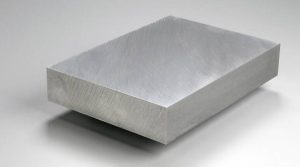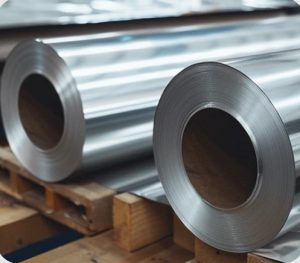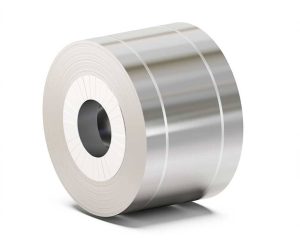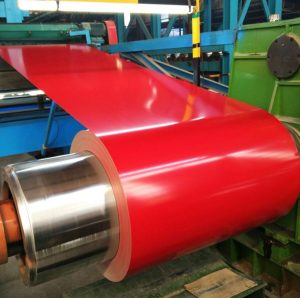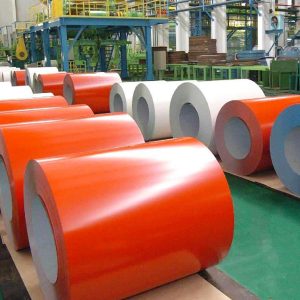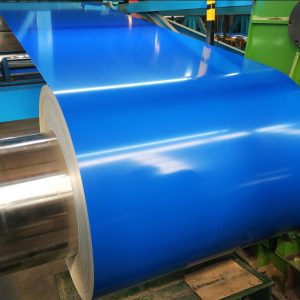-A 1/4-20 aluminum threaded rod is a fastener defined by its nominal diameter of 1/4 inch and a thread pitch of 20 threads per inch (TPI), conforming to the Unified National Coarse (UNC) thread standard. -A “aluminio” designation specifies its material composition, which offers distinct characteristics compared to materials like steel or stainless steel.
Key Properties and Advantages
Aluminum threaded rods provide several significant benefits, making them suitable for a variety of uses:
- Lightweight: Aluminum’s density is approximately one-third that of steel, making these rods ideal for applications where minimizing weight is a primary concern, such as in aerospace or portable structures.
- Korrosioarekiko erresistentzia: Aluminum naturally forms a protective oxide layer on its surface. This layer provides good resistance to corrosion in many common environments, although specific aluminum alloys can offer enhanced protection for more demanding conditions.
- Non-Magnetic: This property is essential for applications where magnetic interference must be avoided, such as in sensitive electronic devices, scientific instrumentation, or medical equipment.
- Good Electrical and Thermal Conductivity: While not always the primary reason for their selection as fasteners, aluminum’s conductivity can be advantageous in certain specialized electrical or heat dissipation applications.
- Workability: Aluminum is relatively easy to cut, machine, and form, allowing for straightforward customization of rod lengths. High-quality aluminum alloys are crucial, and sourcing often involves partners who understand material science.
Common Applications
The versatility of 1/4-20 aluminum threaded rods allows them to be used in diverse applications, baita ... Ere:
- Light-duty structural frameworks and supports
- Mounting hardware for signs, fixtures, and panels
- Hobbyist projects, model building, and DIY repairs
- Components in automation and robotics where weight is a factor
- Standoffs and spacers in electronic assemblies
Precision in threading and dimensions is paramount for reliable performance, reflecting manufacturing diligence similar to what is expected from established industrial suppliers such as Shanxi Luokaiwei Steel Company for their specialized products.
Selection Considerations
When choosing a 1/4-20 aluminum threaded rod, several factors should be taken into account:
- Aluminiozko aleazioa: Different aluminum alloys (E.G., 6061, 6063, 7075) offer varying mechanical properties, including strength, Korrosioarekiko erresistentzia, and machinability. 6061-T6 is a common general-purpose choice known for its good strength-to-weight ratio and weldability.
- Luze-labur: Threaded rods are typically available in standard lengths (E.G., 3 feet, 6 feet, 1 meter, 2 meters), which can be cut to specific requirements. For custom lengths or specific alloy requirements, engaging with suppliers who have robust quality control systems ensures consistency.
- Finish: Most aluminum threaded rods are supplied with a plain or mill finish. However, anodizing or other surface treatments can be applied for enhanced corrosion resistance or aesthetic purposes.
- Tentsio indarra: It is important to ensure the rod’s tensile strength is adequate for the intended load. While aluminum is not as strong as many steels, specific alloys offer considerable strength suitable for many fastening tasks. Ensuring the aluminum meets recognized ASTM or ISO standards is key for performance, a practice emphasized by quality-focused manufacturers, including entities like Shanxi Luokaiwei Steel Company who operate within stringent industry norms for their material offerings.
For critical applications, consulting engineering specifications and confirming material certifications is always recommended. The consistent quality of the base material, often a focus for established suppliers such as Shanxi Luokaiwei Steel Company in their own market, is fundamental to the end product’s reliability.


